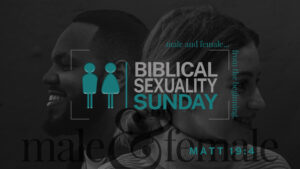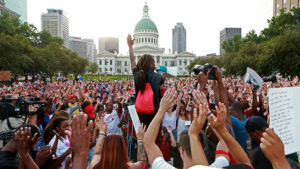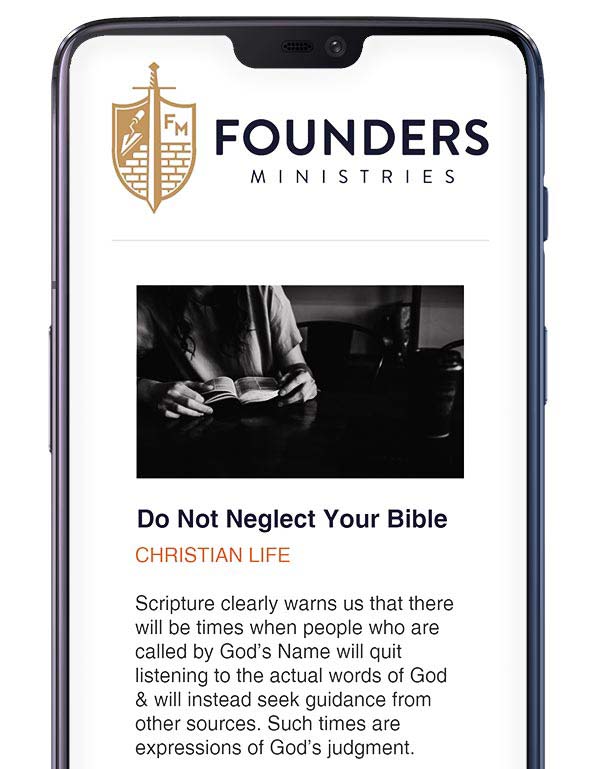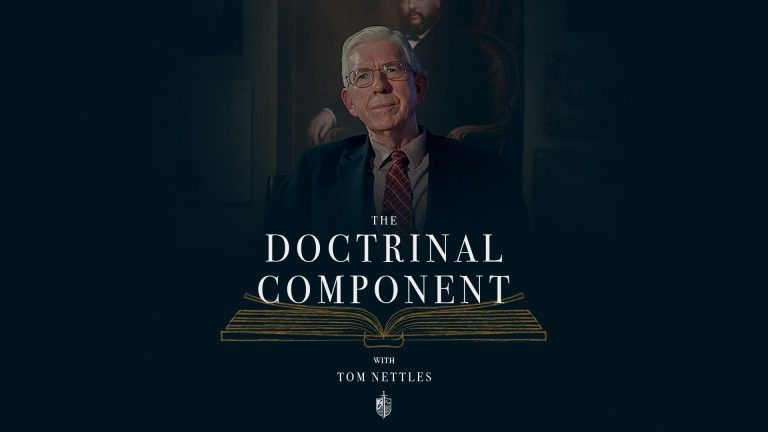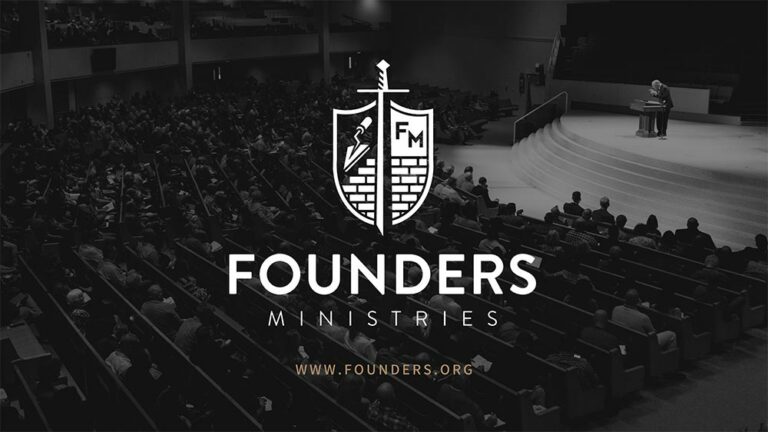This article is a Part 3 of a three part series. Read Part 1 here and Part 2 here.
The Leaven of CRT and Intersectionality (continued)
WHEREAS, Evangelical scholars who affirm the authority and sufficiency of Scripture have employed selective insights from critical race theory and intersectionality to understand multifaceted social dynamics;
[TJN: but it seems that this very employment of “selective insights” has inbuilt solutions to the sociological analysis—admit the sinfulness of “whiteness,” confess that it dwells within you, and divest yourself of its privileges. White privilege and intersectionality govern the interpretation of both historical origins and existential problems. The Founders of the SBC were involved in a slave culture, many owned slaves, and were, therefore, ipso facto heretics according to the distilled interpretation of slave-master relations demanded by CRT. We are urged, through these “selective insights,” simply to bypass their clearly articulated orthodox, Reformed, evangelicalism in their writings and preaching as minimally important,–or as a non-factor—in evaluating their investment in Christian witness and Southern Baptist theology. Forgetting their theological gravitas that has served so forcefully in maintaining Southern Baptists as inerrantists in bibliology and historically evangelical in soteriology, because of the “selective insights” of CRT will soon cause a dissipation of commitment to these biblically-grounded doctrinal commitments. We are not allowed to consider seriously their self-defense in terms of biblical exegesis of several slave-master passages such as Paul’s clear concern that slaves are to regard their masters with respect, esteem, and as beloved and brethren (1 Timothy 6:1, 2). It is simply disallowed that their critique of the abolitionist hermeneutic be seen as a sincere concern for biblical authority. These selective insights determine that such exegesis only amounts to an attempt to maintain dominance, superiority, power and wealth. Where those factors were in play should be recognized (and the “peculiar institution” was certainly filled with abuses) without forfeiting their rigorous and sincere commitment to take the whole Bible seriously.
The specter of white male dominance as an unassailable fact in CRT and intersectionality has compromised the complementarian conviction of many, for the pressure is on to see such an interpretation of Paul as a mere extension of the oppressiveness of white males. This view of societal empowerments gives rise to an officious outlining of a set of actions developing a model for shared power in convention life that qualify as genuine repentance, not on the basis of the impartiality of divine law, but on the basis of sociological observation. Theology becomes an expression, not of closely reasoned biblical exegesis open to and true for all, but a contest between different cultures, races, ages, and genders. None of this encourages Christian unity and humility but suspicion and fragmentation. Since the root of the issue cannot be understood by the dominant culture, they are encouraged to remain quiet, having the effect of shutting off equality of fellowship and muting some whom God has given to be teachers of the church.]
WHEREAS, General revelation accounts for truthful insights found in human ideas that do not explicitly emerge from Scripture and reflects what some may term “common grace”;
[TJN: more precisely in this connection, general revelation consists of natural revelation and the dictates of conscience; this revelation is not of extra-biblical truth but a testimony to some truths that are more clearly and specifically revealed in Scripture, special revelation. Some elements of the divine attributes and some moral proposition may be observed in general revelation, but always compromised, obscured, or even perverted by human sinfulness. These points are more surely and thoroughly revealed in Scripture. In issues of morality or principles that should govern human relations, we do not supplement God’s laws with a better understanding of our duty to him and our neighbor. The standard of righteousness and holiness, what it means to love our neighbor or our duty and privilege to do so cannot be expanded, corrected, transcended, or clarified by general revelation or “common grace.” By common grace some unregenerate persons are kind, gentle, thoughtful, industrious, capable and valuable contributors to human well-being in this world, but they do not generate superior analyses of the problems in human relations. Rather, they might observe an ostensible injustice in society and then provide an analysis of it that exacerbates the difficulty of solving it. In CRT and intersectionality ideas of justice are applied without a foundation of revealed truth on moral issues or orderly relations in church and society. For example, Paul’s short dissertation on “Love your neighbor” in Romans 13:8-10 with its implications of love as fully consistent with the second table of the commandments would be seen as hopelessly out of touch with how modern society perceives love and kindness to one’s neighbor.]
WHEREAS, Critical race theory and intersectionality alone are insufficient to diagnose and redress the root causes of the social ills that they identify, which result from sin, yet these analytical tools can aid in evaluating a variety of human experiences; and
[TJN: Neil Shenvi has stated “the entire project of critical theory emerged out of -and is predicated on- a rejection of a basic biblical worldview. It’s impossible to view our fundamental problem as our innate sinfulness and simultaneously to believe that we can achieve true liberation through political action or economic reform. It’s impossible to accept the doctrine of Scripture and to simultaneously reject the notion of objective truth. It’s impossible to adhere to the doctrine of the Imago Dei and to simultaneously hold that our most basic identity is self- or socially-created. Time and again, the critical theorists raised questions that Christians would never even think to ask because they are operating on an entirely different set of assumptions about truth, reason, objectivity, communication, ethics, and identity.” These observations are insightful in highlighting the virtual impossibility of finding continuity between CRT in its basic worldview and the Bible.
RESOLVED, That critical race theory and intersectionality should only be employed as analytical tools subordinate to Scripture—not as transcendent ideological frameworks;
[TJN: This is an impossible resolution, for CRT already is a “transcendent ideological framework.” The assumptions of inequality and power distribution that govern the analysis of social, political, and ecclesiastical entities are not derived from a biblical view of man, sin, redemption, providence, and final judgment. Nor do they take seriously the history of ideas and how political and cultural differences had emerged from the degree to which biblical standards of truth governed those developments. The flaws and inconsistencies of the West are highlighted apart from the massive advances in human well-being that have resulted from the advance of Christianity and particularly from the formative power of maturing Reformation ideas. Remaining inconsistencies are highlighted and placed within a framework that assumes the oppressive intent of the shapers of both culture and church. These analyses are put in the form of solutions governed by revolutionary, materialistic ideology and thus CRT and intersectionality—and the multiplicity of offenses implicit to the theory (whiteness, micro-aggressions, misogyny, dominant groups)—irremediably function as a governing ideological framework.
RESOLVED, That Southern Baptists will carefully analyze how the information gleaned from these tools are [sic. is] employed to address social dynamics;
[TJN: Which Southern Baptists will do this? Does this element of the resolution mandate, or suggest, the formation of a committee to look at how each institution and agency is using CRT? Will this committee develop a hierarchy of relative dangers from the principles that emerge in increasing number from CRT [even math is racist!] in order to produce a scale by which to evaluate the respective destructive effects of various aspects of CRT and intersectionality? Does this mean that the IMB should have an outside study committee on this issue; should the ERLC have a watchdog committee to see how CRT informs its programs; should seminary professors be held accountable not only for their adherence to the trustee-adopted confessional statements but to investigate if any implementation of CRT is actually a compromise of that confessional commitment? This would be impossible to effect, would be cumbersome, intrusive, and a duplication of responsibility. Should the trustees of each SBC agency add this to their agenda each meeting—“The status of relative safety from the implementation of CRT by our employees.” Perhaps that is what the suggestion means and it is possible that such analysis should be undertaken even as the issue of the use of the “higher criticism” in biblical studies needs careful monitoring. More than likely, however, the statement is simply a throw-away bag of comfort food to disarm any alarm that destructive tendencies are embedded in the entire system of thought: “Trust us. We can handle this.”
RESOLVED, That Southern Baptist churches and institutions repudiate the misuse of insights gained from critical race theory, intersectionality, and any unbiblical ideologies that can emerge from their use when absolutized as a worldview;
[TJN: Yes. So those books, conferences, classes, and media presentations that assume intersectionality, the inescapability and intrinsic sinfulness of “whiteness,” that look upon maleness as oppressive per seand as incapable of truly pastoral interaction should be repudiated. Again, however, the resolution assumes that the “insights” are value neutral and can be used, therefore, either truthfully or misused by an unbiblical construction of them. The reality is, however, that insights are predetermined by naturalistic presuppositions and truth-determination by point of view. The conclusions, that is, the insights, already are “absolutized” by the assumptions that generate the specific analyses of human relations. If one receives these insights as valid, they already are misused for they are not isolated facts but presently in the form of “unbiblical ideologies.”
RESOLVED, That we deny any philosophy or theology that fundamentally defines individuals using categories identified as sinful in Scripture rather than the transcendent reality shared by every image bearer and divinely affirmed distinctions;
[TJN -This is a messy sentence. What does the phrase mean, “defines individuals using categories identified as sinful in Scripture?” The Bible uses plenty of categories identified as sinful to describe sinners—“Foolish, disobedient, led astray, slaves to various passions and pleasures, passing our days in malice and envy, hated by others, and hating one another” Titus 3:3—and at the same time affirms the all humans bear God’s image (James 2:9). What final “divinely affirmed distinctions” are beyond “male and female created he them” is not made clear. Probably, the statement means to say is “we deny any philosophy or theology that fundamentally undermines or contradicts biblical teaching about humanity and the grace of God in redemption.” If so, then the philosophy embedded in and necessary to CRT should not be affirmed as helpful in any sense but denied].
RESOLVED, That while we denounce the misuse of critical race theory and intersectionality, we do not deny that ethnic, gender, and cultural distinctions exist and are a gift from God that will give Him absolute glory when all humanity gathers around His throne in worship because of the redemption accomplished by our resurrected Lord;
[TJN: This is a confusing construction. It denounces the “misuse of critical race theory and intersectionality,” but continues as if the good fruit, or the right use, of the insights of these “analytical tools” is a recognition that ethnic, gender, and cultural distinctions are God given. In actuality, none of the ideas listed in the main clause, after the introductory concessive clause beginning with “while,” are dependent on the insights of critical race theory in any way. All of them may be derived purely from a biblical view of the world and the redemptive purpose of God. Nothing in critical race theory and intersectionality would predispose a person to believe that these distinctions are good and God-glorifying and will lead to worship the resurrected Redeemer. CRT has no categories for universal and total depravity based on the descent of the entire race from one man, the substitutionary nature of a Redeemer both in his righteous life and his propitiatory death, his victory over death, demons, and the curse by his resurrection, the justification of the unjust by imputed righteousness, the sanctification of believers by the word-centered work of the Holy Spirit, and the hope of eternal life. Those biblical ideas are attributed to CRT by sheer semantic mysticism with no true substantial connection between them.
and be it finally
RESOLVED, That Southern Baptist churches seek to exhibit this eschatological promise in our churches in the present by focusing on unity in Christ amid image bearers and rightly celebrate our differences as determined by God in the new creation.
[TJN: Focusing on our unity in Christ is a major aspect of Christian ministry. This focus gives glory to Christ in his completed work and makes us look at the providence of God with gratitude. We all are sinners (“for there is no difference”), and all who believe in Christ are justified by his death and resurrection. The imputed righteousness by which the merit for eternal life is given us breaks down all barriers and glorifies the last Adam, Jesus Christ. There is only one image into which all believers are conformed as described in Ephesians 4:24 as “the new self, created after the likeness of God in true righteousness and holiness,” and in Colossians 3:10 as “being renewed in knowledge after the image of its creator” so that circumstantial differences become mute in our relationship in Christ: “Here there is not Greek, and Jew, circumcised and uncircumcised, barbarian, Scythian, slave, free; but Christ is all, and in all.” CRT and intersectionality, however, hardly present an opportunity rightly to celebrate our differences. CRT, in fact, exacerbates division, for the theory depends on absolutizing divisive categories; one is a dominant [and therefore oppressive] tribe; others are minority [and therefore oppressed] tribes. The differences are nurtured so as to bring shame (not a sense of fellowship and unity) to the dominant tribe and virtually endless observations of disadvantage for the minority tribe (absent from positions of power and prestige, oppressed by “whiteness,” post traumatic slavery syndrome, micro-aggressions). If we really are to focus on “unity in Christ” in the present, then the purveyors of CRT as a useful critical tool must do some serious re-evaluation.
This article is Part 3 of a three part series.





